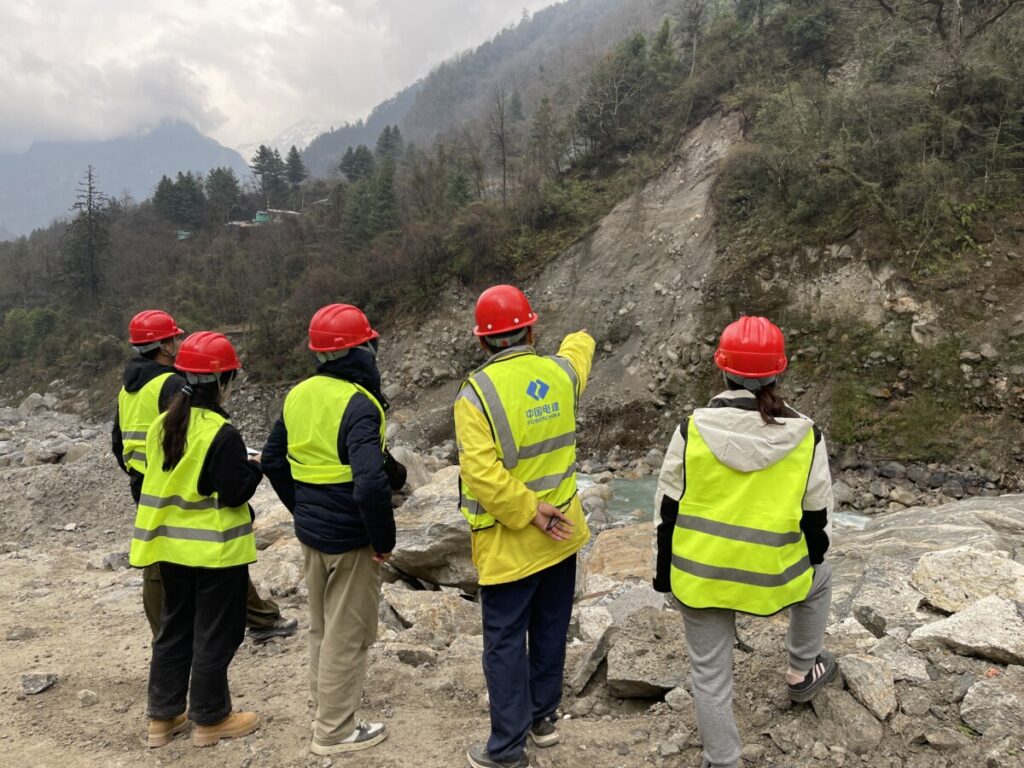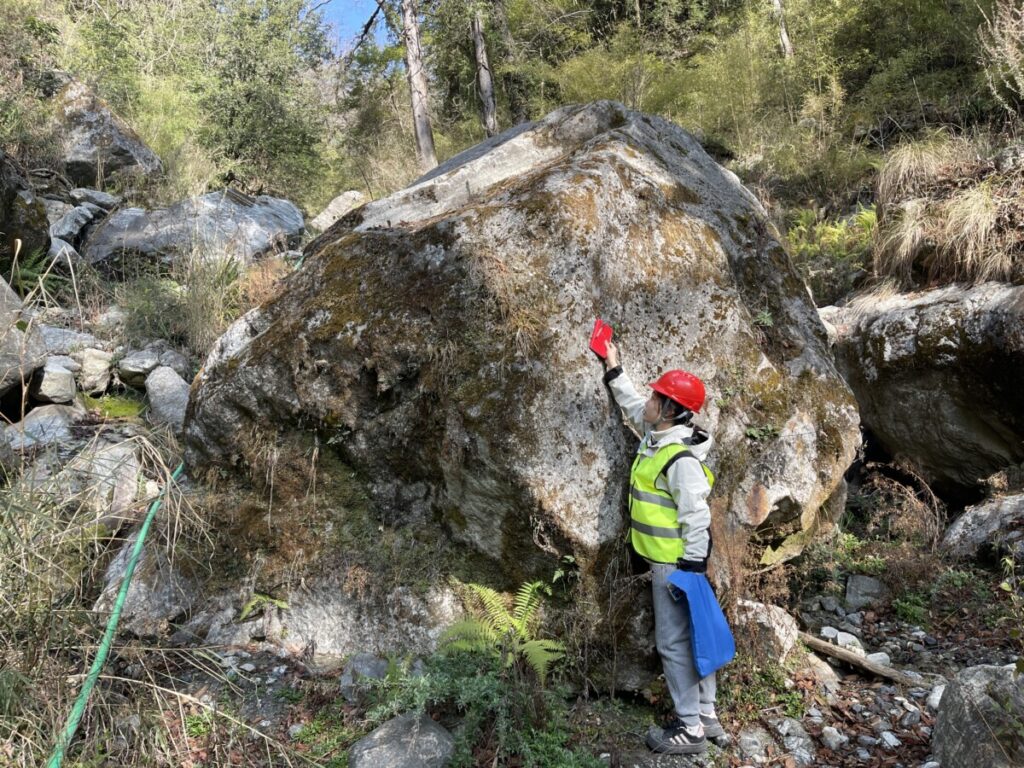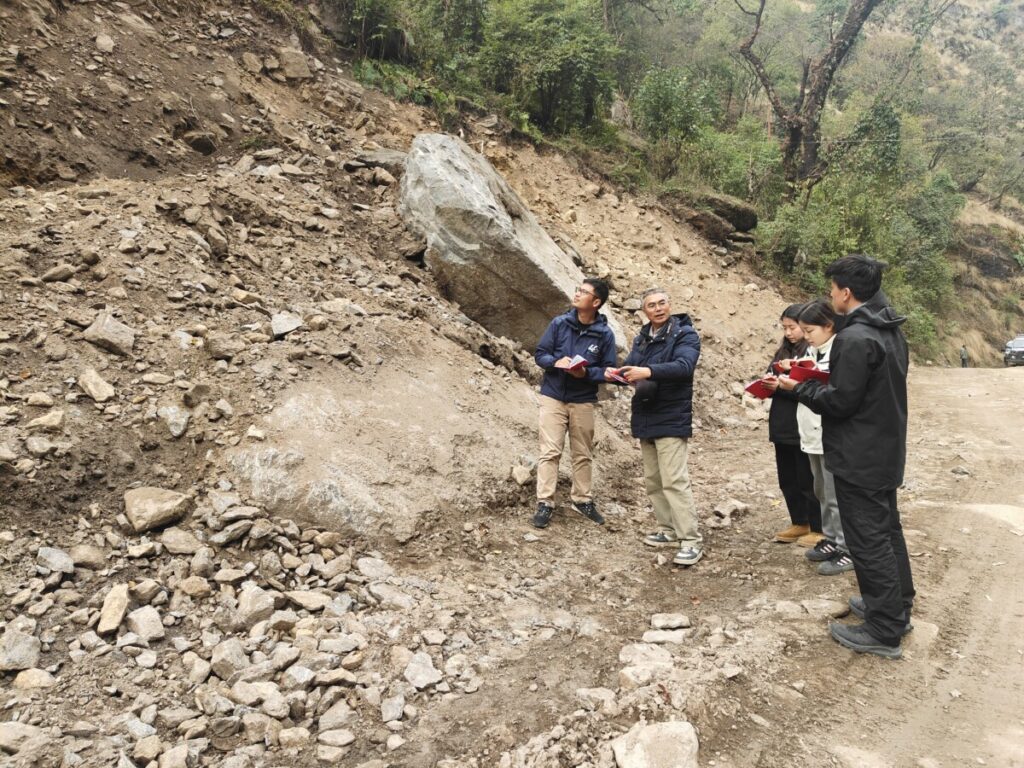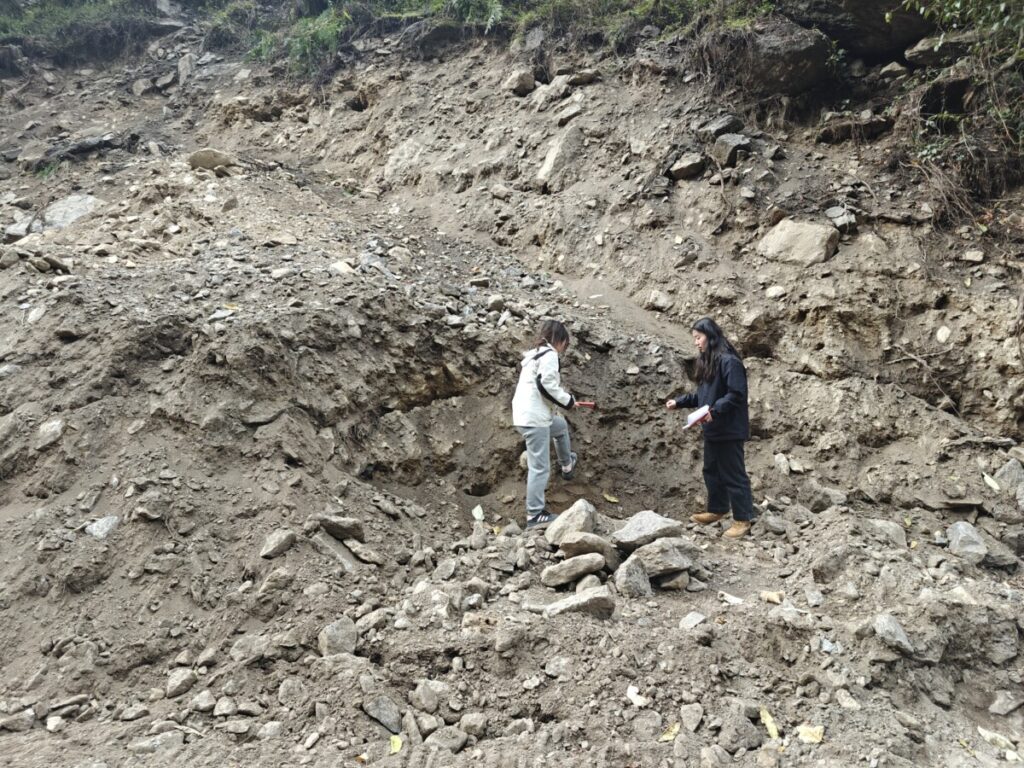The Hindu Kush Himalayan (HKH) region, with its towering peaks and dynamic landscapes, presents both opportunities and challenges for hydropower development. Among these, scientific cooperation is emerging as a pivotal force in ensuring that these projects provide clean energy and prioritise safety and socio-environmental resilience. International scientific collaboration, exemplified by initiatives like the NSFC-ICIMOD partnership, along with the growing role of women in geological sciences, is proving to be a strong element in driving innovations in hydropower safety and sustainability.
Why resilient hydropower matters in the region
The Hindu Kush Himalaya (HKH) region has significant hydropower potential that is crucial for addressing energy needs and driving economic growth. However, hydropower faces challenges, particularly from climate change. These issues include glacier retreats, erratic precipitation, Glacial Lake Outburst Floods (GLOFs), and landslides, all of which threaten water and energy infrastructure. As climate impacts intensify, integrating climate risk-proofing for infrastructure investments and climate adaptation options becomes increasingly critical.
The region’s vulnerability has been starkly highlighted by recent GLOFs in India (Sikkim [1] 2023) and Nepal (Thame [2] 2024). These destructive events have caused severe damage to hydropower plants, disrupted communities, and underscored the urgent need for climate-adaptive solutions. Safeguarding this vital energy source requires a holistic understanding of the cryosphere, hydrology, and geology-related risks and the integration of adaptive measures that protect the infrastructure and ensure sustainable energy production. Strengthening hydropower resilience is essential for securing livelihoods, promoting economic growth, and supporting sustainable development in the HKH region; therefore, science-based support is vital to effectively address the complex climate risks and the knowledge gap associated with hydropower infrastructure.
Bridging the knowledge gap: NSFC-ICIMOD collaboration
The collaboration between the National Natural Science Foundation of China (NSFC) and the International Centre for Integrated Mountain Development (ICIMOD) has shown how a science-backed partnership can help shape the future of hydropower in the region. The joint work has helped crucial geological hazard assessments at the Manang Marsyangdi Hydropower Project [3]. The project emphasises a thorough multi-hazard assessment by incorporating scientific knowledge into engineering design, concentrating on geological risks such as landslides and debris flows for safeguarding hydropower infrastructure and communities in the vicinity.
The joint team, led by Professor Chen Ningsheng of Yangtze University, China, who serves as the Chinese Co-Investigator of the NSFC-ICIMOD-funded project ‘Understanding landslide-induced multi-Hazards for building resilient communities along trans-Himalayan socio-economic corridors,’ carried out a comprehensive evaluation of the Marsyangdi Hydropower Project site. The team, including graduate students and an expert from ICIMOD, assessed geological hazards around residential and plant facilities, gathered soil samples from various sites for luminescence dating to establish sediment deposition dates and performed comprehensive particle experiments. Based on the survey and sample analysis, the team presented an innovative and integrated plan to mitigate the geological hazard risks for the Manang Marsyangdi Hydropower Project site.
Manang Marsyangdi Hydropower Project: The 135 MW Manang Marsyangdi Hydropower Project in Manang, along with the 139.2 MW Lower Manang Marsyangdi and the 327 MW Upper Marsyangdi-2, was developed in a cascade model, forming one of Nepal’s largest and most pioneering hydropower ventures, boasting a total combined capacity of 601 MW.
Their approach is divided into three key aspects to prepare for any disaster event, which include combining the blocking and draining method, blocking out large debris and draining smaller ones. This means building check dams in the debris flow channels to stop large boulders, while also creating drainage channels to redirect the flow away from construction areas. This strategy was well-received among the stakeholders of the hydropower project, presented during the discussion session as an effective means for mitigating geological hazard risks.
 [4]
[4]This comprehensive approach enhances the safety and resilience of the hydropower project site, serving as a model for similar projects across the HKH region, exemplifying the journey from science to action. These efforts have strengthened safety protocols, highlighting the significance of merging academic research with practical engineering solutions, and initiated discussions for enhanced international cooperation between ICIMOD and Yangtze University.
Prof. Chen and his team have also supported the Bhote Koshi (45 MW) and Upper Arun (1,063.36 MW) hydropower projects near the Nepal-China border, contributing to resilient hydropower development in Nepal. Our collaboration reflects an effort built on the ICIMOD-initiated ‘Guideline for climate resilient hydropower development in Nepal [5],’ which seeks to foster collaboration, share knowledge, and develop Integrated River Basin Management (IRBM)-strategies to enhance climate resilience in hydropower projects across Nepal and the HKH region.
Empowering Change: Women on Rock
This brings us to the question of inclusive science. Our collaboration with NSFC is focused on doing better science to action and seeking to recruit more women and members of Indigenous communities in geological science. The field investigation team at the Manang Marsyangdi Hydropower Project was joined by a cohort of what we call ‘Women on Rock’.
 [6]
[6]Traditionally, the field of geological sciences has been dominated by men [7], but recent developments are challenging this status quo. The rise of women researchers in the field [8], both in a literal and metaphorical sense, is inspiring a new wave of aspiring geological engineers, particularly women, to explore careers in geosciences.
Promoting the Women on Rock initiative in this collaborative project provides avenues for comprehension of better understanding the Earth’s processes via practical, science-to-action activities in both China and Nepal. These emerging leaders are poised to bring fresh perspectives and drive innovation in a field long constrained by gender imbalance.
The ‘Women on Rock’ initiative echoes the spirit of another ICIMOD initiative launched last year – HKH Women on Ice [9] – which empowers young female researchers from the HKH region with the knowledge, skills, and inspiration needed to excel in cryosphere science. Together, these efforts are paving the way for a more inclusive and innovative future in geoscience.
 [10]
[10]Looking Ahead: A blueprint for resilient development
The support provided by the ICIMOD-NSFC collaboration [12] to the Manang Marsyangdi Hydropower Project exhibits how scientific cooperation can serve as a cornerstone for developing resilient infrastructure in geologically complex regions. As the HKH region continues to harness its immense hydropower potential, such collaborative models, rooted in rigorous scientific inquiry and enriched by diverse perspectives, will be crucial, particularly for transboundary river basins like the Yarlung Zangbo–Brahmaputra River basin [13]. Fostering international partnerships and amplifying the voices of underrepresented groups, including women and youth in science, the hydropower sector can address the energy demands of today while simultaneously laying the foundation for sustainable, secure, and inclusive development for future generations. This aligns seamlessly with ICIMOD’s vision [14] for a greener, more inclusive, and climate-resilient Hindu Kush Himalaya. Let the spirit of scientific innovation and cooperation continue to ‘rock’ the region.
 [15]
[15]Photo: Rongkun Liu/ICIMOD
News link “我院师生赴尼泊尔科技指导马楠马相迪水电站地质灾害防治工作 ” by Yangtze University: https://dqkx.yangtzeu.edu.cn/info/1059/13156.htm [16]